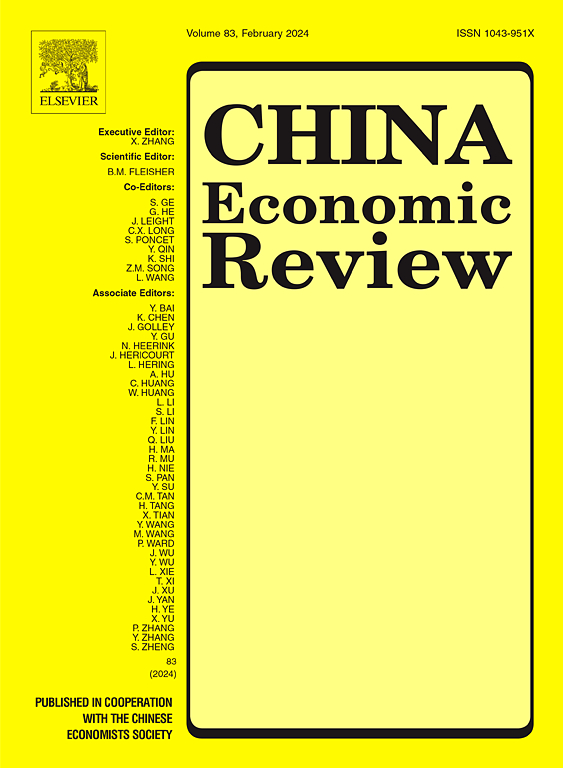Trade liberalization and manufacturing robot adoption: Evidence from Chinese free trade agreements
IF 5.5
1区 经济学
Q1 ECONOMICS
引用次数: 0
Abstract
This paper examines the impact of trade liberalization on robot adoption in manufacturing products exported to China (MPEC) by partner countries, using Chinese Free Trade Agreements (CFTAs) as quasi-experiments. Empirical analyses show that the removal of trade barriers and the subsequent increase in bilateral trade flows following the implementation of CFTAs boosted robot adoption in partner countries' MPEC. Notably, this effect is stronger for non-automotive sectors, developing countries with lower technology capacity, countries focusing on downstream-oriented production, and those with lower transportation costs to China. Moreover, we demonstrate that increased export concentration on China is the primary channel through which partners reorganize production and increase market-oriented robot adoption in MPEC, supporting the export diversion effect of trade liberalization rather than the export creation effect of CFTAs. Beyond tariff reductions, the enforceable WTO + X and WTO-X provisions under CFTAs contribute to robot adoption in MPEC. These findings shed light on how trade liberalization influences manufacturing reorganization toward automation and its potential benefits for partner countries.
贸易自由化与制造业机器人采用:来自中国自由贸易协定的证据
本文以中国自由贸易协定(CFTAs)为准实验,考察了贸易自由化对伙伴国家出口到中国的制造业产品(MPEC)中机器人采用的影响。实证分析表明,自由贸易协定实施后,贸易壁垒的消除和双边贸易流量的增加促进了伙伴国家MPEC中机器人的采用。值得注意的是,这种影响对非汽车行业、技术能力较低的发展中国家、专注于下游生产的国家以及向中国运输成本较低的国家更为强烈。此外,我们还发现,对中国出口集中度的提高是MPEC合作伙伴重组生产和增加市场化机器人采用的主要渠道,这支持了贸易自由化的出口转移效应,而不是自贸协定的出口创造效应。除关税减免外,cfta下可执行的WTO + X和WTO-X条款有助于MPEC中机器人的采用。这些发现揭示了贸易自由化如何影响制造业向自动化方向重组及其对伙伴国的潜在利益。
本文章由计算机程序翻译,如有差异,请以英文原文为准。
求助全文
约1分钟内获得全文
求助全文
来源期刊

中国经济评论
ECONOMICS-
CiteScore
10.60
自引率
4.40%
发文量
380
期刊介绍:
The China Economic Review publishes original works of scholarship which add to the knowledge of the economy of China and to economies as a discipline. We seek, in particular, papers dealing with policy, performance and institutional change. Empirical papers normally use a formal model, a data set, and standard statistical techniques. Submissions are subjected to double-blind peer review.
 求助内容:
求助内容: 应助结果提醒方式:
应助结果提醒方式:


